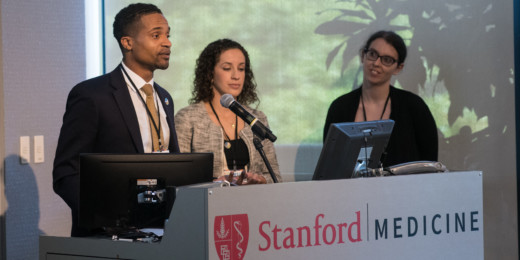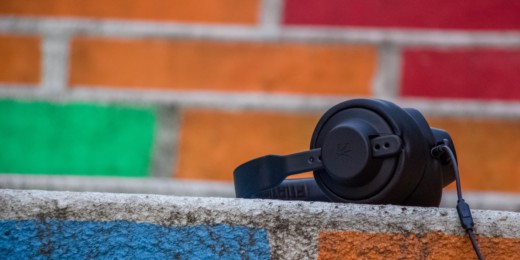The path to medical school, for lower-income students, is more of a mountain. The application process favors those from more privileged backgrounds -- those who can do the unpaid research fellowships and clinical internships, take the costly test prep courses and tap their family networks for physician mentors to shadow. Then there are the application fees, the cost of traveling for interviews and school deposit fees.
More than half of first-year medical students come from the top fifth of U.S. household incomes (over $120,000), while just 5% come from the lowest. While the trend is similar for undergraduate college students, the income disparity is more pronounced in medical school.
The lack of diversity in medicine has bugged Roxana Daneshjou for a while. Daneshjou, the child of Iranian immigrants, earned her MD and PhD at Stanford and is now a dermatology resident.
When she served as a voting student member of the admissions team at the School of Medicine and as an interviewer for the MD/PhD program, she reviewed applications from students who had to take paid jobs to support their families instead of doing unpaid research. She often thought if more of those students were encouraged to enter medicine, doctors would look a lot more like their patients, to everyone's benefit.
While Daneshjou (pronounced Don-i-SHOE) didn't have the power to make labs pay undergraduate researchers, one thing she could do was make the medical school admissions process more accessible. She frequently gave out free advice on Twitter and in person and knew other colleagues were doing the same. In January, looking to reach a wider audience, she got on Twitter and recruited like-minded students, residents and attending physicians to pool their knowledge in one free place. More than a dozen authors from medical schools and hospitals across the country, collaborating in Google Docs, took only a few months to produce a handbook they were ready to share.
The result is the Free Guide to Medical School Admission, an 85-page document filled with tips on when to apply, how to find a physician mentor and how to interview on a budget, among other topics. The authors use a practical but reassuring tone, an antidote to the toxic, stress-inducing "advice" that they say is all too prevalent in the cut-throat premed world.
There's already enough stuff in your way, access to good advice shouldn't be, reads the tagline.
"Many of the people who were involved with the guide had spent a lot of their own free time giving back and helping mentor students who might not have the traditional resources to go into medicine," said Daneshjou, who wrote the section on finding a mentor. "This was very much a group effort, a collaborative effort between people who for the most part have never met in real life."
Among their tips:
- Finding physician mentors is one of the most important things you can do as a premed student. A more senior physician can connect you with shadowing, research or volunteer opportunities, while a medical student or resident can give you tips on the application process. These are different from college premed advisors, most of whom "have never actually applied to medical school, are not physicians, and might not even give good advice." The guide offers extensive advice on how to identify possible mentors and gives sample scripts for starting the conversation.
- Cost should be a factor in deciding where to apply. "Some people may try to dissuade you from considering cost at the application stage ('you'll be a doctor, you'll pay it off!') but student loan debt is a significant burden on physicians that may affect your future lifestyle, specialty choice and job choice, so you should at least think about it."
- A GPA between 3.0 and 3.5 will likely require you demonstrate improvement over time and the rest of the application should be strong. Below that, consider taking an academic gap year and earn a master's degree to show that you're capable of performing well in higher level courses.
The writers included an email address for feedback and hope to put out a new version with additional sections, including information on the doctor of osteopathic medicine application process. They said they're working on ways to disseminate it more widely to premed students.
"We care about seeing the future of medicine become more diverse, because that's how medicine gets better for our patients," the guide concludes. "We see your effort, and are proud of you."
Photo by Omid Azizi






